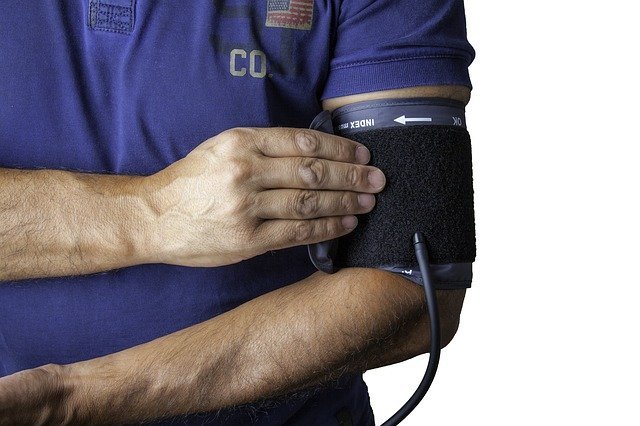
Follow expert advice and a step-by-step video to ensure you’re getting the most accurate numbers.
To check your blood pressure, you just switch on a portable monitor and put a cuff on your arm, right? Actually, there’s a little more to it than that, says cardiology nurse practitioner Tiffany Luke.
“It’s important people properly and closely monitor their blood pressure as this is how we determine therapy,” Luke explains.
First things first: What is high blood pressure?
High blood pressure, medically known as hypertension, can be caused by weight gain, alcohol and salt intake, older age and/or a family history.
According to the CDC, about 75 million American adults have high blood pressure. Referred to as the “silent killer”, it’s not a reading that should be taken lightly.
“Controlling or lowering blood pressure can help prevent or delay high blood pressure complications including heart attack, stroke, atrial fibrillation and chronic kidney disease,” says Luke.
But luckily, the condition’s treatable. “Patients with high blood pressure may only need to make heart healthy lifestyle changes such as a low sodium diet and weight loss for improvement or if necessary be started on medication.”
Blood pressure is the measurement of how hard your blood pushes against the walls of your arteries as it moves through your body.
When it’s too high, damage begins to ensue in the blood vessels, heart and kidneys, which can lead to sudden and serious heart issues.
To determine your numbers, two readings are taken with the help of a blood pressure monitor: systolic and diastolic.
The systolic number shows how hard your blood pushes when your heart is pumping and the diastolic number shows how hard the blood pushes between heartbeats.
If your systolic pressure is at 120 and your diastolic pressure is at 80, then your blood pressure reads to be “120 over 80.”
The American Heart Association defines stage 1 hypertension as a blood pressure consistently over 130/80.
Monitoring your blood pressure
Taking your blood pressure at home is key, says Luke. “If you’re monitoring regularly, it’s not something you want to do every day, but you want to make it part of your routine a couple times a week.”
Taking it at various times throughout the day is also more accurate than the readings you receive at your doctor’s office, surprisingly, she says.
“When patients are worried about having an appointment, finding parking and getting to their doctor’s office on time, these stress factors actually affect their blood pressure and what’s taken at the time of their appointment may not be accurate.”
Luke advises scheduling your readings around the time of your medications, or when you have breakfast, lunch or dinner. “Try setting an alarm for when you’re relaxing and watching television at night.”
This way, your health care providers can help you spot trends and diet habits, she says.
“If it’s always high at night, you might need to make adjustments to your medications or review what your sodium intake is. Maybe you eat a lot of salt at night, then in the morning it could be high.”
A low blood pressure is different for every individual. “For the most part, we base it on how someone feels; particular symptoms of dizziness, lightheadedness or fatigue that may be sign of low blood pressure.”
How to take your blood pressure at home
To accurately take your blood pressure at home, Luke says it’s important to avoid alcohol and eating up to two hours before.
Then, 30 minutes in advance, you shouldn’t smoke, have caffeine or exercise before taking your measurements.
- Sit down and relax. Make sure the place you choose has a back to rest on.
- Get properly set up. Uncross your legs, put your feet flat on the floor and keep your back up straight. Wait five minutes before beginning and try not to talk during this time.
- Prepare your log sheet. Keep a journal that documents the dates and times you’ve taken your blood pressure.
- Grab your blood pressure monitor. Set up the cuff per its instructions and make sure your arm is out straight and supported on a flat surface.
- Begin taking your blood pressure. Make sure you have no distractions and you’re not talking with anyone during your readings.
- Wait one minute, then measure a second time. If your blood pressure is high, Luke says to measure a third time and record the lowest reading.
- Log your measurements. Talk with your doctor if you have any questions or concerns about your readings or medications.
Written by JOHANNA YOUNGHANS.



